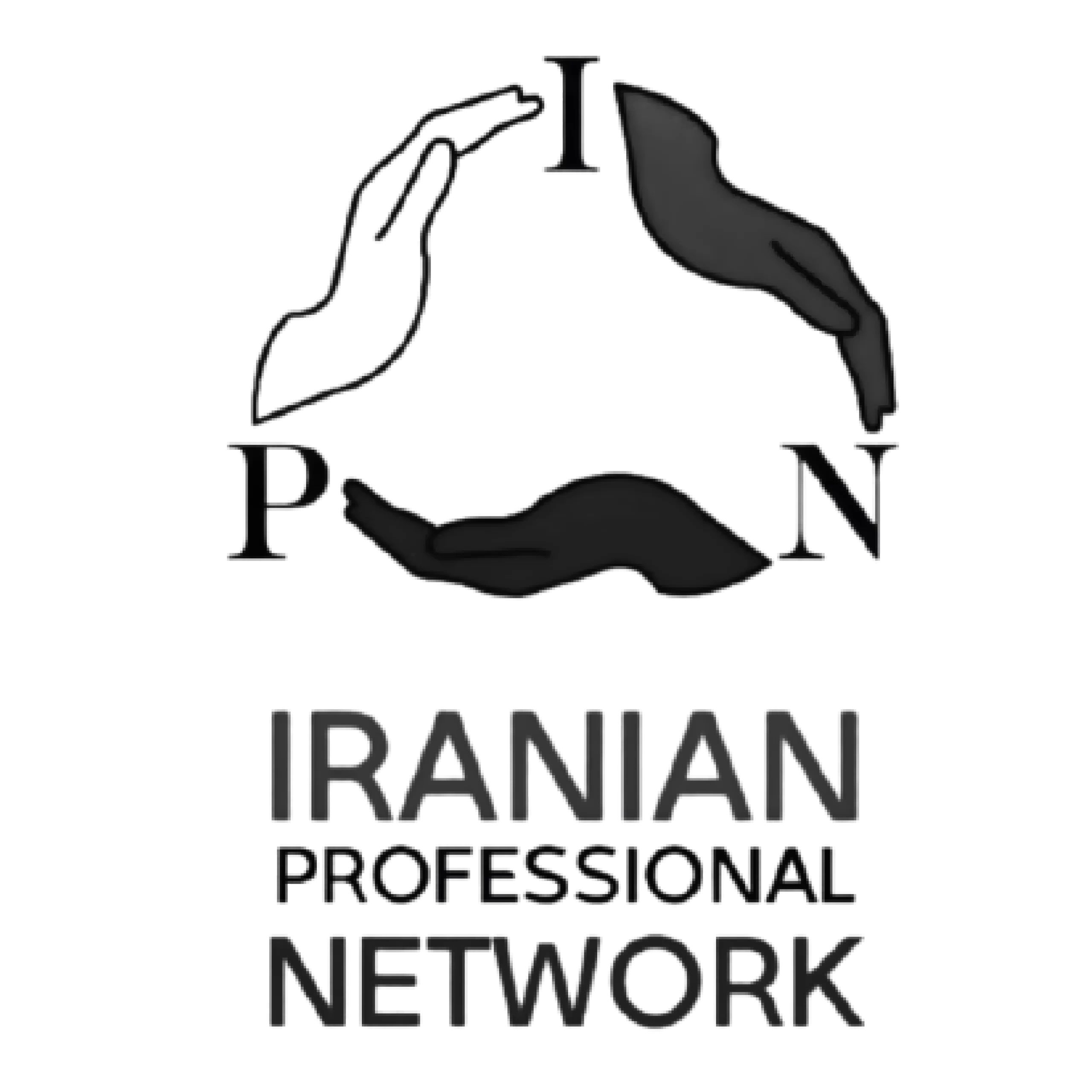In the era of social media and interconnectedness, leveraging the collective voice and influence of employees has emerged as a powerful strategy for enhancing brand visibility, credibility, and engagement. This guide explores the significance, strategies, and best practices for establishing an effective employee advocacy program, empowering employees to become brand ambassadors and advocates.
1. Understanding Employee Advocacy:
What is Employee Advocacy?
– Employee advocacy involves encouraging and enabling employees to actively promote and share company content, messages, and values on their personal social networks.
Significance of Employee Advocacy:
Authenticity and Credibility:
– Employee advocacy leverages the authentic voice and credibility of employees, enhancing the reach and impact of brand messages.
Enhanced Brand Visibility:
– By utilizing employees’ social networks, brands can extend their reach organically, tapping into new audiences and markets.
Employee Engagement and Empowerment:
– Implementing an advocacy program fosters a sense of involvement, pride, and empowerment among employees, boosting morale and satisfaction.
2. Strategies for Building an Employee Advocacy Program:
Establish Clear Objectives:
– Define specific goals for the advocacy program, whether it’s increasing brand awareness, driving website traffic, or improving engagement metrics.
Leadership Buy-In and Support:
– Gain support from leadership to endorse and champion the advocacy program, encouraging participation and setting an example for employees.
Training and Education:
– Provide comprehensive training and resources to educate employees on the program’s objectives, guidelines, best practices, and the use of social media platforms.
3. Best Practices for Effective Employee Advocacy:
Content Creation and Curation:
– Offer a variety of engaging and shareable content, including articles, videos, infographics, and company updates, to encourage employees to share.
Encourage Genuine Engagement:
– Emphasize the importance of authentic engagement rather than solely sharing content. Encourage comments, discussions, and personal insights related to the shared content.
Recognition and Rewards:
– Implement a system to recognize and reward employees who actively participate and contribute to the advocacy program, fostering motivation and enthusiasm.
4. Tools and Platforms for Employee Advocacy:
Employee Advocacy Platforms:
– Utilize dedicated employee advocacy platforms like EveryoneSocial, Hootsuite Amplify, or LinkedIn Elevate to streamline content sharing and tracking.
Social Media Management Tools:
– Equip employees with social media management tools or apps that facilitate easy sharing and scheduling of content across various platforms.
5. Monitoring and Measurement:
Tracking and Analytics:
– Utilize analytics tools to monitor key metrics such as reach, engagement, clicks, shares, and conversions attributed to employee-shared content.
Feedback and Iteration:
– Gather feedback from participants and analyze program performance to make necessary adjustments, iterating and improving strategies for better results.
Conclusion:
An effective employee advocacy program can significantly amplify a brand’s reach, authenticity, and engagement in the digital landscape. By empowering and incentivizing employees, providing the right resources and support, and continuously evaluating and refining strategies, organizations can harness the collective power of their workforce to become influential brand advocates, driving positive impact and growth.
















































